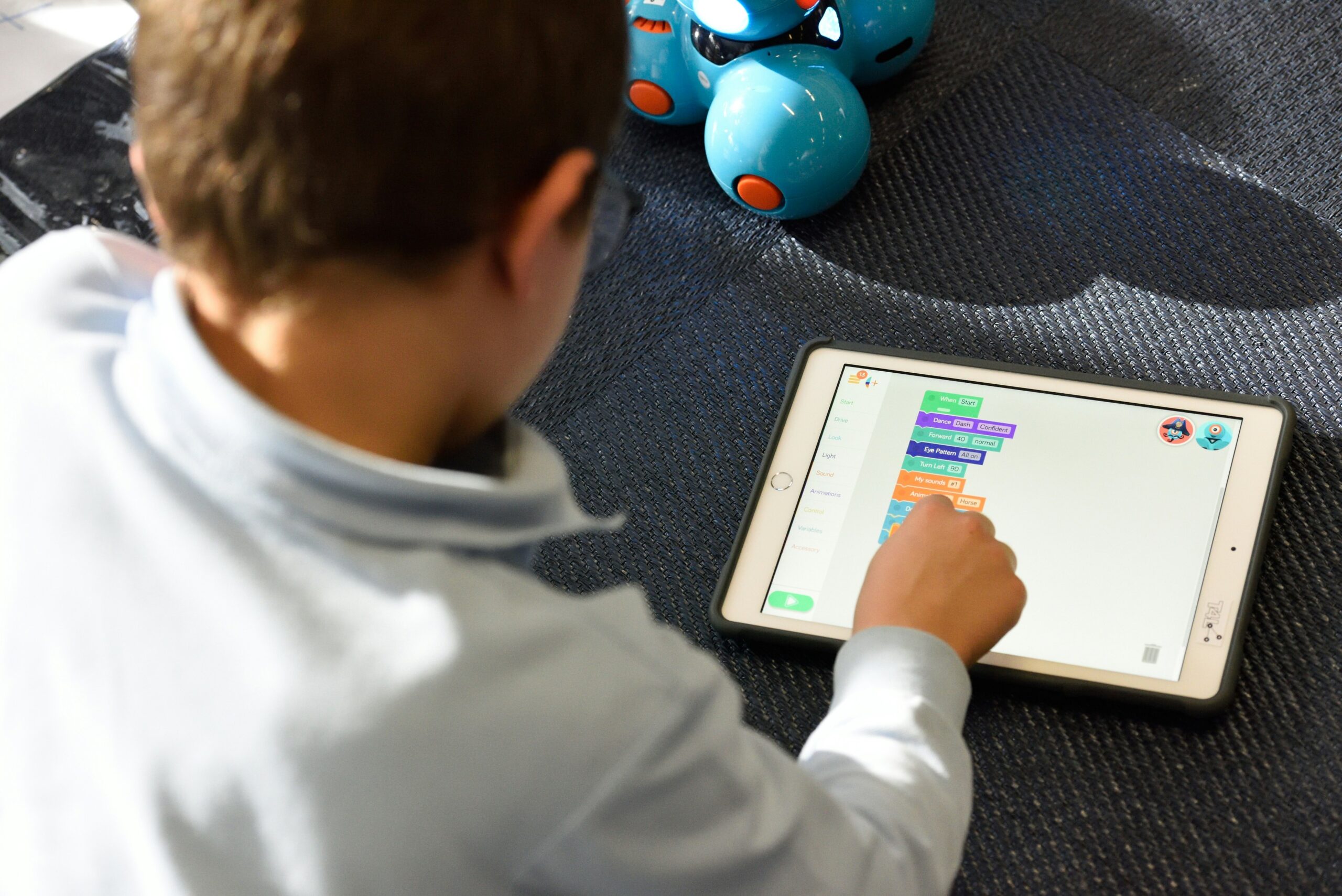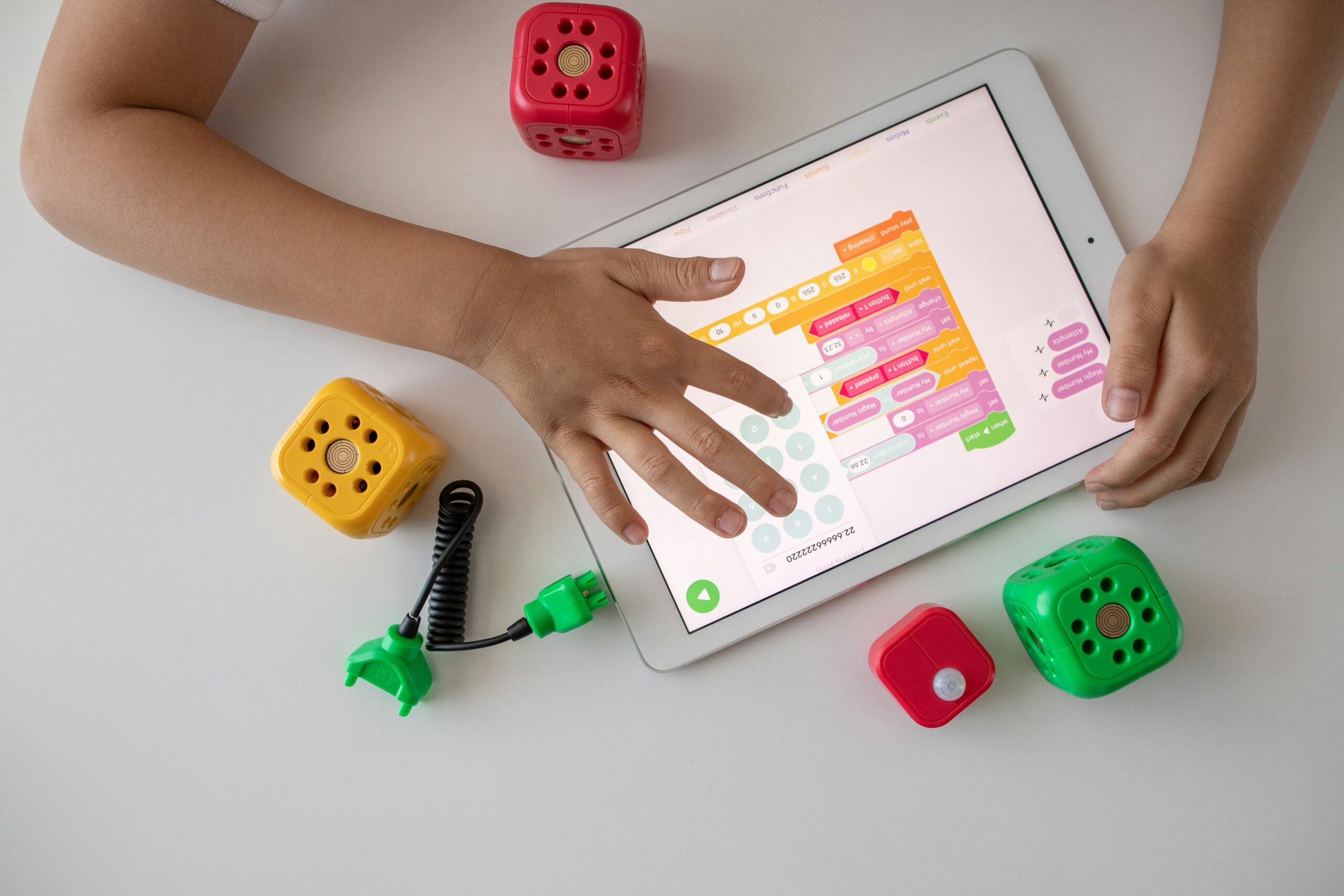How to Identify Your Child’s Learning Style
Every child is unique, with their own individual strengths, preferences, and ways of processing information. Understanding your child’s learning style can be a valuable tool in helping them reach their full potential and excel academically. By identifying how your child learns best, you can tailor educational experiences to suit their needs, enhance their understanding, and foster a love of learning. Read on to learn about the different learning styles and how to identify your child’s.
What are Learning Styles?
Learning styles refer to the preferred ways in which individuals absorb, process, and retain information. While there are many different models of learning styles, three of the most common are visual, auditory, and kinaesthetic/tactile.
Visual learners prefer to learn through visual aids such as diagrams, charts, and videos. They benefit from seeing information presented in a visual format.
Auditory learners learn best through listening and verbal instruction. They excel at retaining
information through lectures, discussions, and audio recordings.
Kinaesthetic/tactile learners learn best through hands-on activities and movement. They
benefit from engaging in physical activities, experiments, and practical demonstrations.
Observing Your Child’s Preferences
To identify your child’s learning style, start by observing their preferences and behaviours in
different learning environments. Notice how they respond to various teaching methods,
materials, and activities. Pay attention to cues such as:
1. How does your child prefer to study or complete homework assignments?
2. Do they gravitate towards certain types of learning materials, such as books, videos,
or hands-on activities?
3. Do they seem more engaged and attentive during visual presentations, discussions,
or physical activities?
Experimenting with Different Approaches
Experiment with different teaching methods and activities to see which ones resonate most
with your child. Provide opportunities for your child to learn in different ways, such as:
1. Presenting information visually through diagrams, charts, or educational videos.
2. Engaging in discussions and verbal explanations.
3. Participating in hands-on activities, experiments, and interactive projects.
Observe how your child responds to each approach and note which methods seem to be
most effective in promoting understanding and retention of information.
Seeking Feedback from Teachers
Teachers can provide valuable insights into your child’s learning style based on their observations and interactions in the classroom. Schedule a meeting with your child’s teacher to discuss their learning preferences, strengths, and areas for improvement. Ask for recommendations on how to support your child’s learning style at home and collaborate with the teacher to develop strategies for academic success.
Flexibility and Adaptation
Keep in mind that learning styles are not fixed and may evolve over time as children grow and develop. Be flexible and adaptive in your approach to supporting your child’s learning style, and be open to trying new methods and approaches as needed. Encourage your child to explore different ways of learning and develop a growth mindset that embraces learning challenges and opportunities for growth.
Identifying your child’s learning style is a valuable step in supporting their academic success and fostering a positive learning experience. By observing your child’s preferences, experimenting with different approaches, seeking feedback from teachers, and remaining flexible and adaptive, you can create a learning environment that meets your child’s individual needs and promotes their love of learning. Remember that every child is unique, and by understanding their learning style, you can unlock their full potential and help them thrive academically and beyond.







